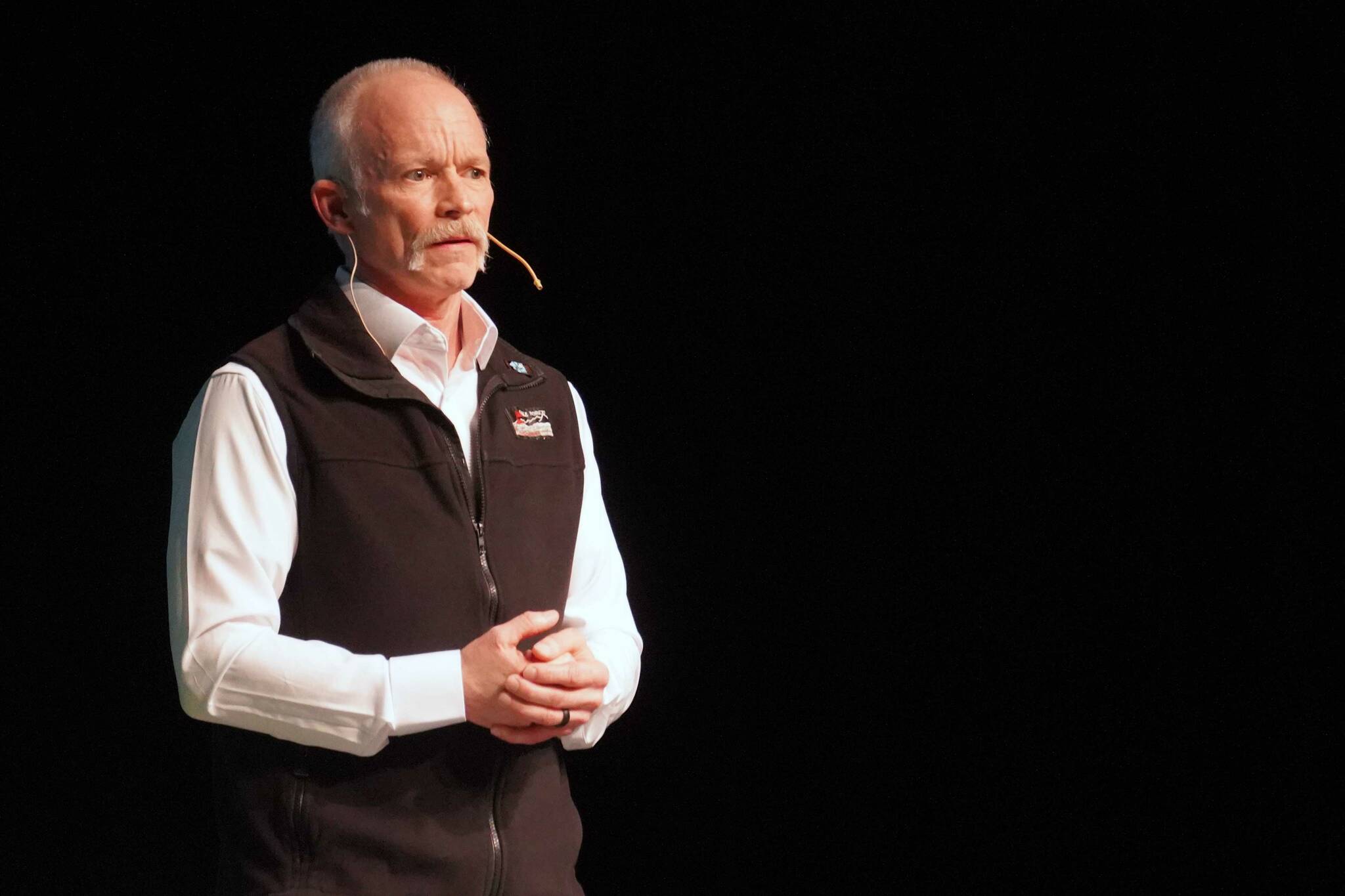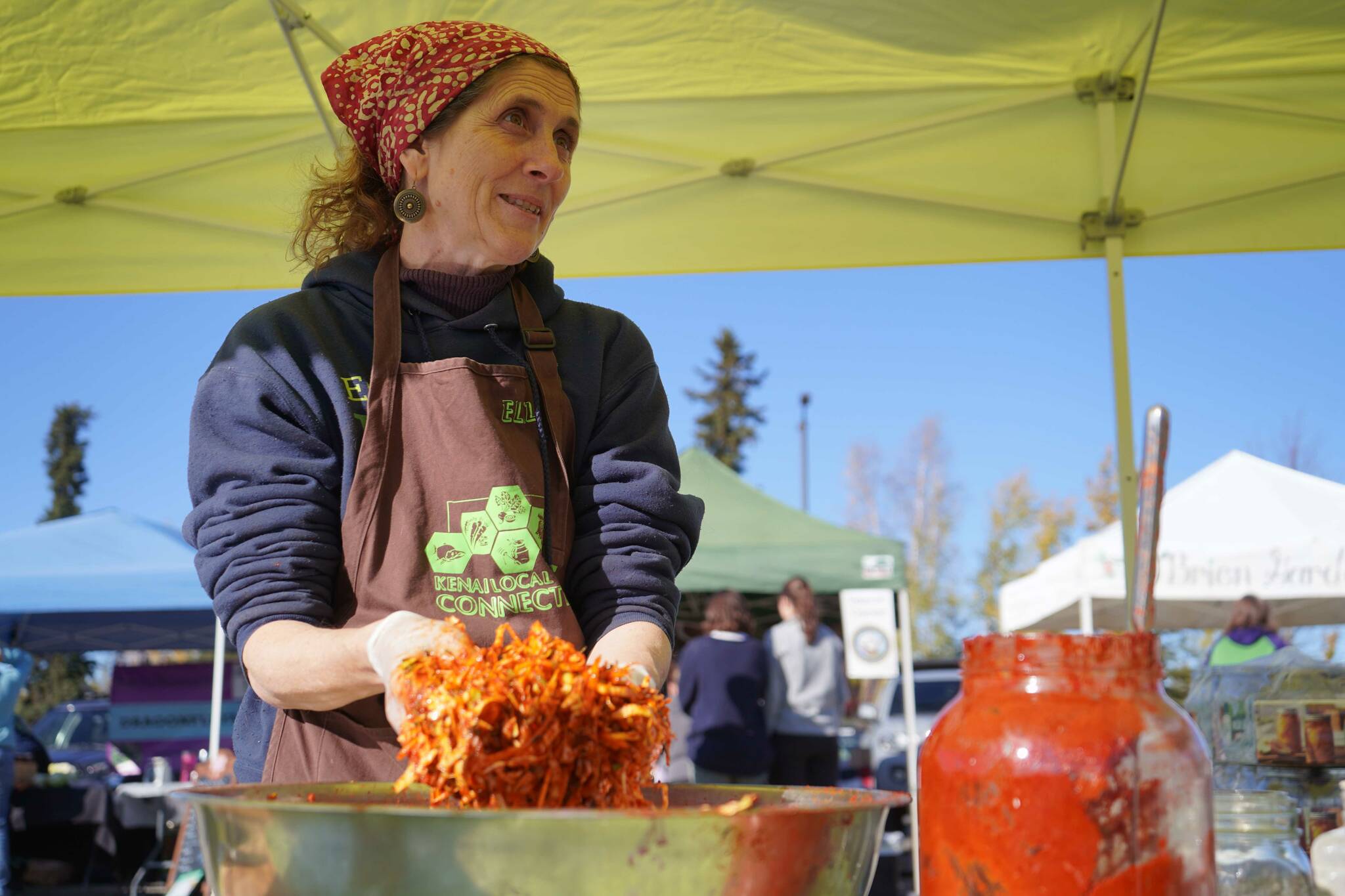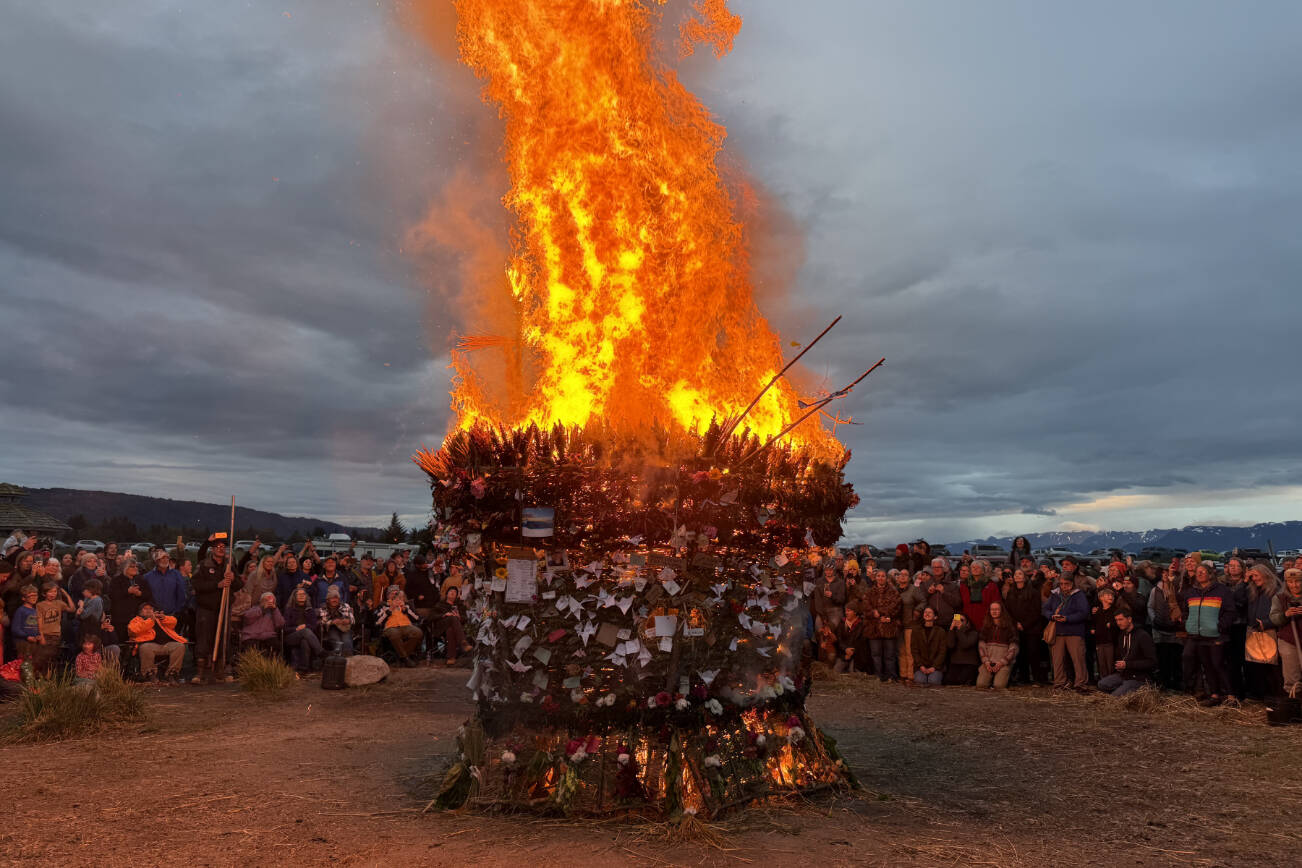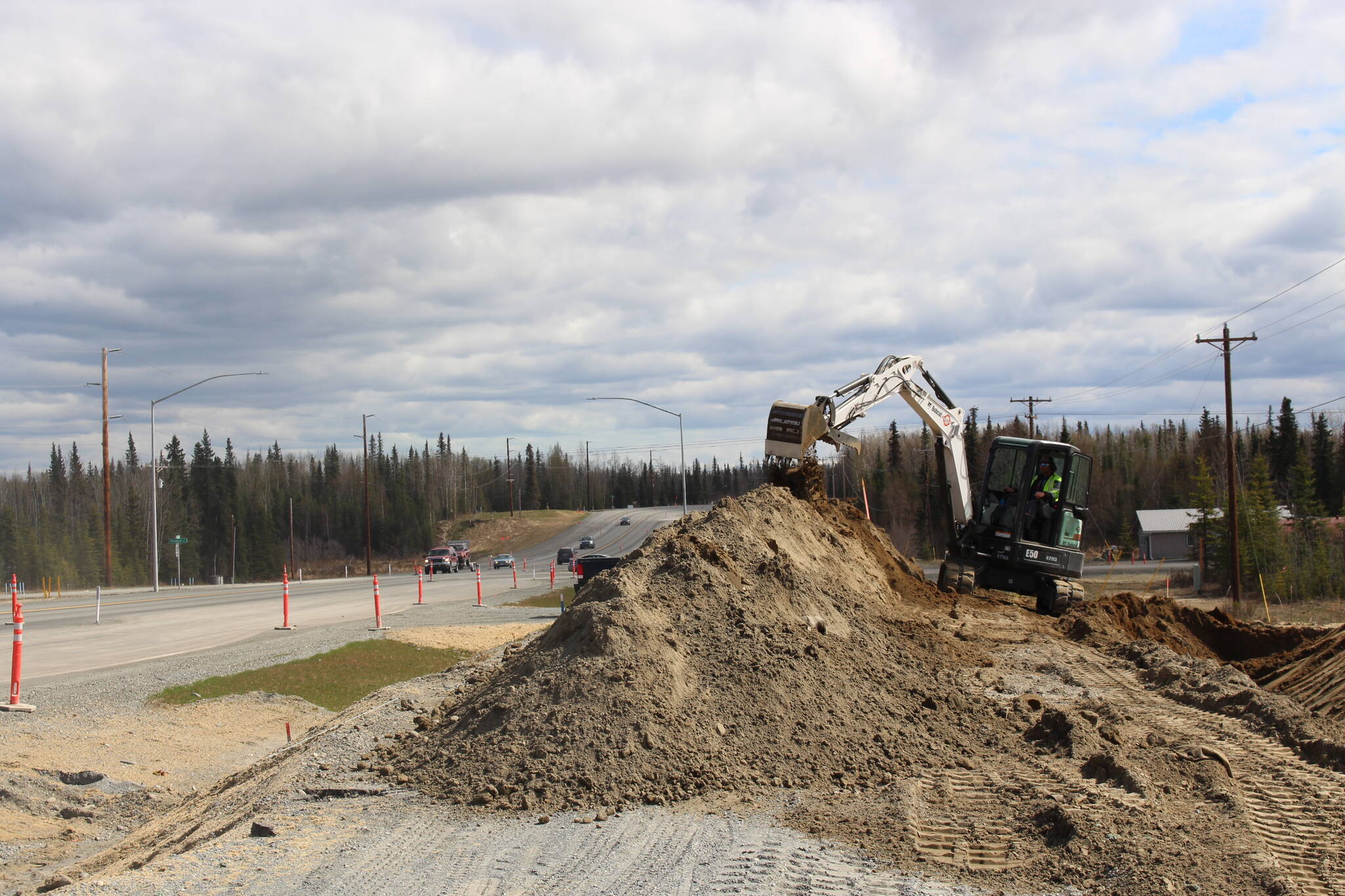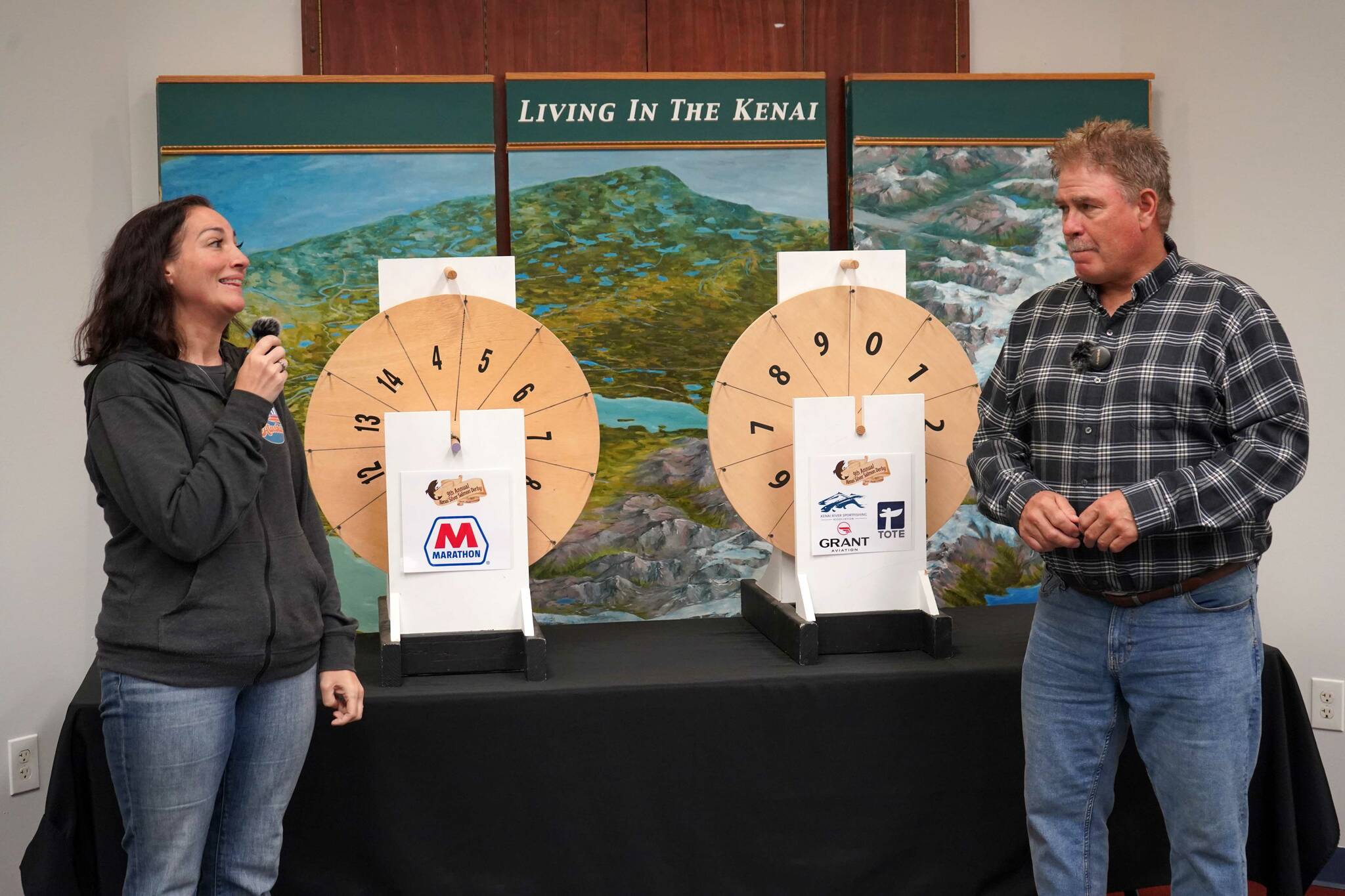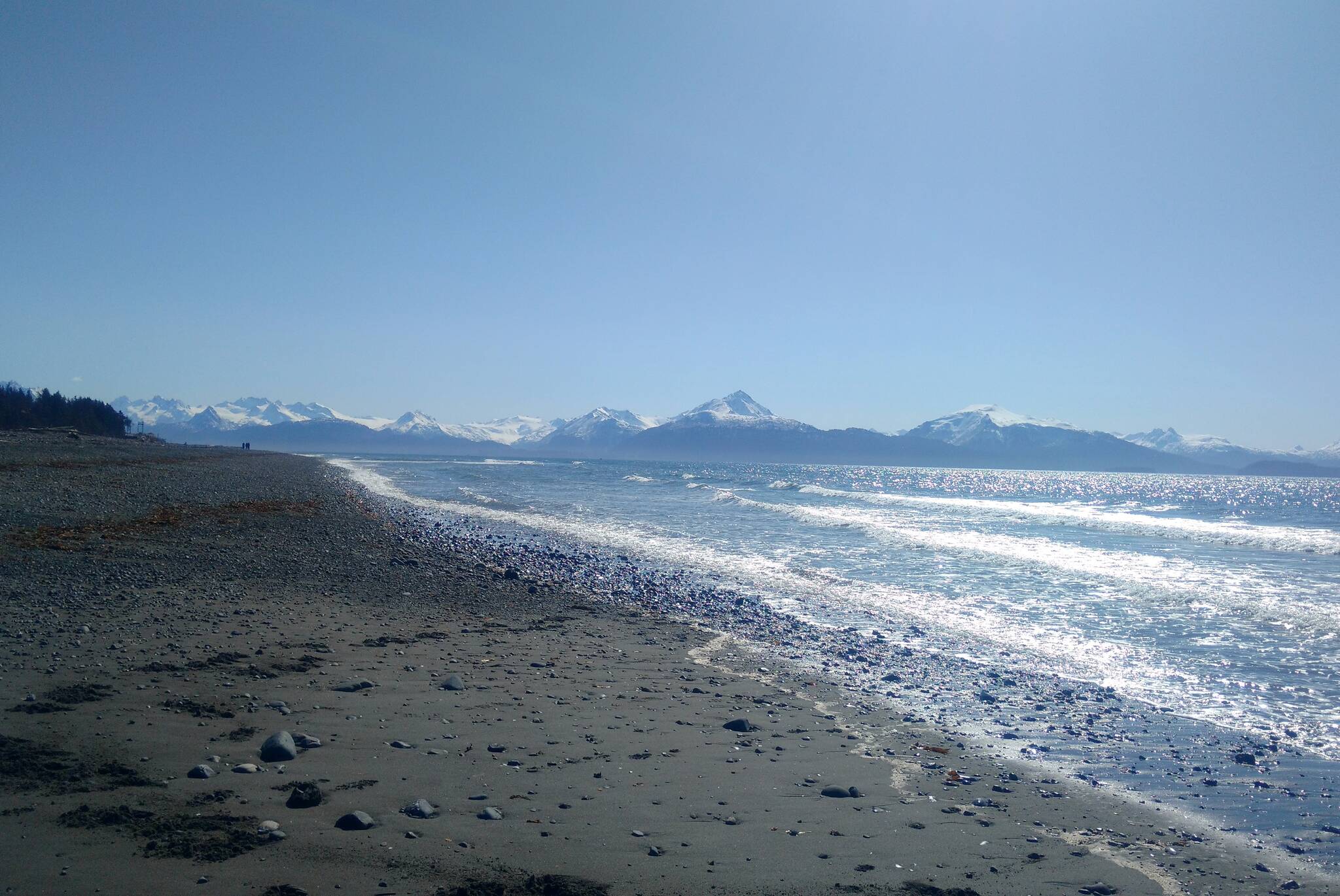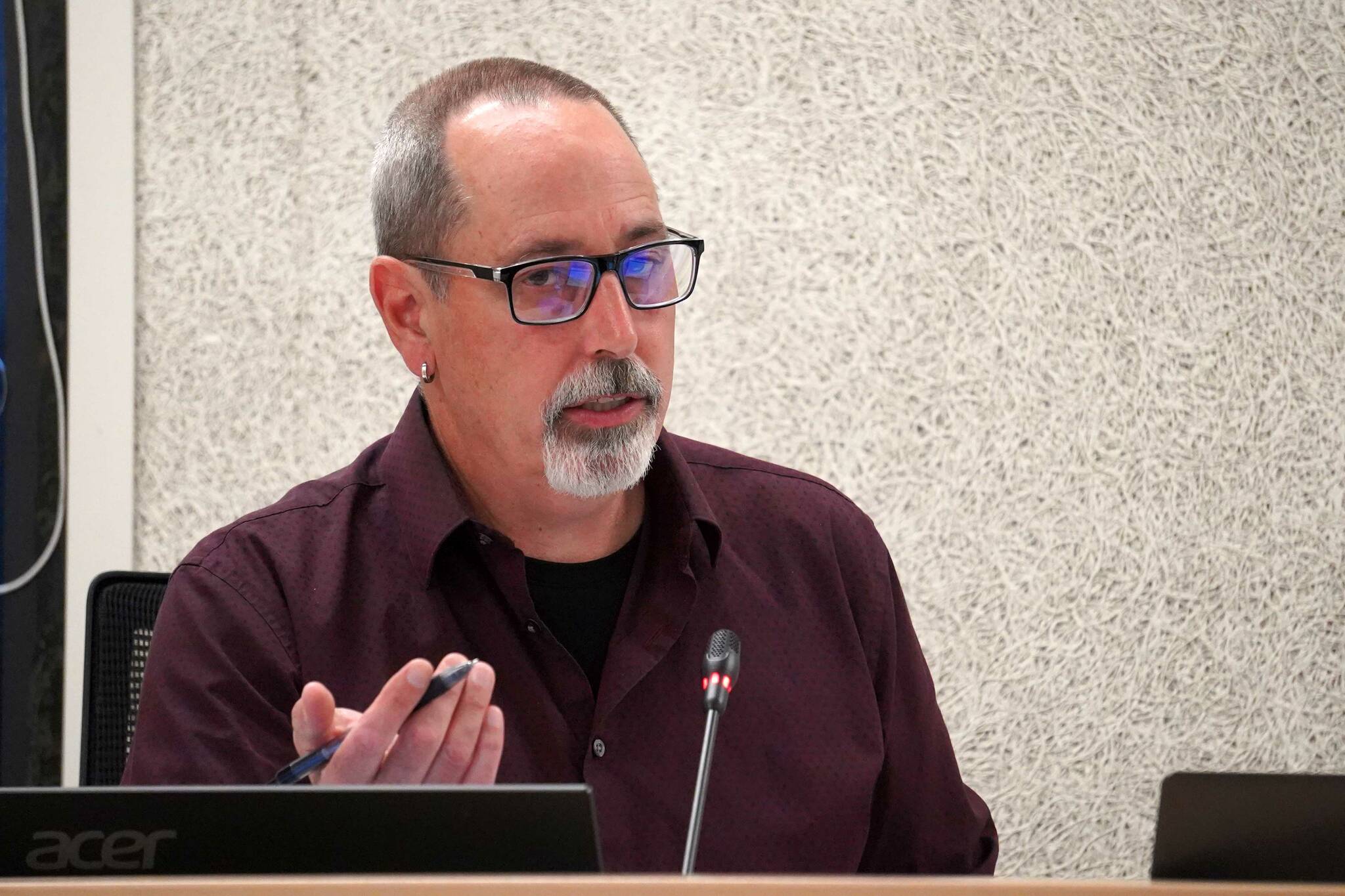Tensions ran high at the Kenai Peninsula Borough Assembly’s discussion about local option zoning districts on Tuesday.
The assembly has been discussing a comprehensive rewrite of the codes governing local option zoning districts, which are citizen-driven residential zones that bar certain types of businesses. With the legalization of marijuana, the zones have become an option for neighborhoods to bar marijuana establishments from operating there.
Though the code rewrite began before marijuana became part of the discussion, it was the main thrust of the conversation at the assembly meeting. More than a dozen people testified on various aspects of the proposed rewrite, most focusing on marijuana and the effects on neighbors.
The main thrust of the rewrite was to make it easier for citizens to go through the process in collaboration with the borough’s planning department. Under the rewrite, the Planning Department would be required to host a public meeting for all the owners of the parcels in the proposed district as well as any parcel owners within 300 feet of the boundary. It would also reduce the number of initial petitioners required to six.
One of the provisions that drew both public support and ire was a buffer zone around local option zoning districts — an operation requiring a conditional land use permit, such as a gravel pit or a marijuana establishment, permit cannot set up shop within 500 feet of the edge of the district.
Several attendees testified against the requirement, saying it encouraged infringements on the rights of people near the district who were not part of it. Patricia Patterson of Kenai called it “un-American” that those in the buffer zone do not get a vote in whether the local option zone is formed, although those within 300 feet would be informed by the borough and invited to a public hearing.
“We are not a zoning people, and I really think that’s going to affect a lot of businesses,” Patterson said. “I came up with a little lingo on my way here, and it is, ‘If you do not own, you should not zone.’”
Others spoke in favor of the buffer, such as Niki Pereira of Sterling, who said she supported the 500-foot buffer to protect the neighborhoods from marijuana establishments. She said many of the lots in her subdivision are empty and are owned by Anchorage or out-of-state residents who may be interested in using those lots as marijuana developments.
“We are particularly concerned about the marijuana industry coming into our neighborhood — we have a lot of empty lots,” Pereira said. “We choose as a subdivision not to have that kind of activity in our subdivision. Hearing all this information … we’re going to take a hard look at whether we do want to form a (local option zoning district).”
Controversy arose when Sterling resident Fred Launer brought forward a letter circulated through an area of Sterling by assembly member Stan Welles.
The letter proposed to a group of neighbors on Moose River Drive to form a local option zoning district to prohibit marijuana in the area.
“Everybody is welcome to their own opinions on what they want to do, but when you’re an assembly member, you should not be putting it down in black and white, signing it using your official card as an assembly member and trying to push people into a particular position,” Launer said.
Welles said after the meeting that the letter was part of a personal initiative in his own neighborhood.
Beyond the particulars of the comments made, the discussion touched on opposition to the core issue: zoning.
Multiple attendees and submitted comments opposed any additional zoning in the borough at all, opting instead to allow property owners to do whatever they want with their lands.
Outside incorporated cities, the borough has very limited zoning, and several of the public said it should stay this way in their comments.
However, problems have been raised with the borough in the past over the lack of control. In response to some of these comments, borough Mayor Mike Navarre said people seem to be conflicted over what they want from zoning laws.
“Oftentimes, people say they don’t want zoning and they don’t want the government telling them what to do with their property, but you would not believe the number of complaints that we get from people who come in and say, ‘My neighbor is doing this and I don’t like it,’” Navarre said. “They don’t want to be zoned, but they do want to zone or impact their neighbors. That’s why we’re having these discussions.”
The borough assembly ultimately voted to postpone any decision on the local option zoning district code until its April 5 meeting to allow for time to make amendments and adjustments to the ordinance.
Reach Elizabeth Earl at elizabeth.earl@peninsulaclarion.com.
